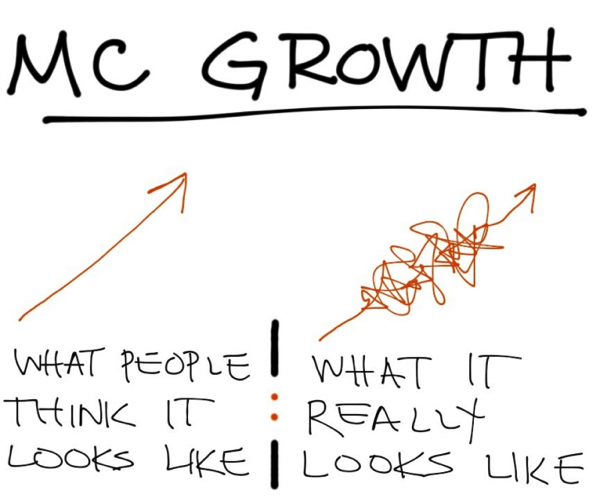
Each fall at The Austin Stone, we take some time as a church family to do three things:
- Align our church to our vision through integrated preaching, resources, and missional community discussion
- Invite visitors to engage in a missional community and live the life of a disciple in community on mission
- Define practices we will commit to together in the coming year
This fall, we are working through the core values and practices of missional communities. Our preaching team will provide theological foundations and a vision for the kind of people God desires us to be, and our pastoral teams will help shape and define that vision in over 350 existing and new missional communities.
I continue to beg the Lord to conform our church to the image of Christ individually, communally and corporately, and that our actions as a church would be in line with our redeemed identity! Would you join me in praying that God would challenge and encourage every person at The Austin Stone to live our their identity as disciples, family and missionaries?
For the many of you that follow this blog, I would encourage you to join our church in the journey! You can find the appropriate sermons each week at http://austinstone.org/sermons, and you can access our missional community curriculum here.
We are also releasing articles each week to help define and add clarity to the core values:
- What is a Missional Community?
- What Is the Gospel by Justin Holcombe?
- How Do I Read the Bible?
- LTG Overview
- But He’s Not My Neighbor
- What is a Third Place?
Finally, if you happen to be in Austin and want to join with a missional community, you can find the various groups that will be launching here: http://austinstone.org/join
My hope is that these resources would benefit you and your churches as you seek to be faithful to Jesus!
